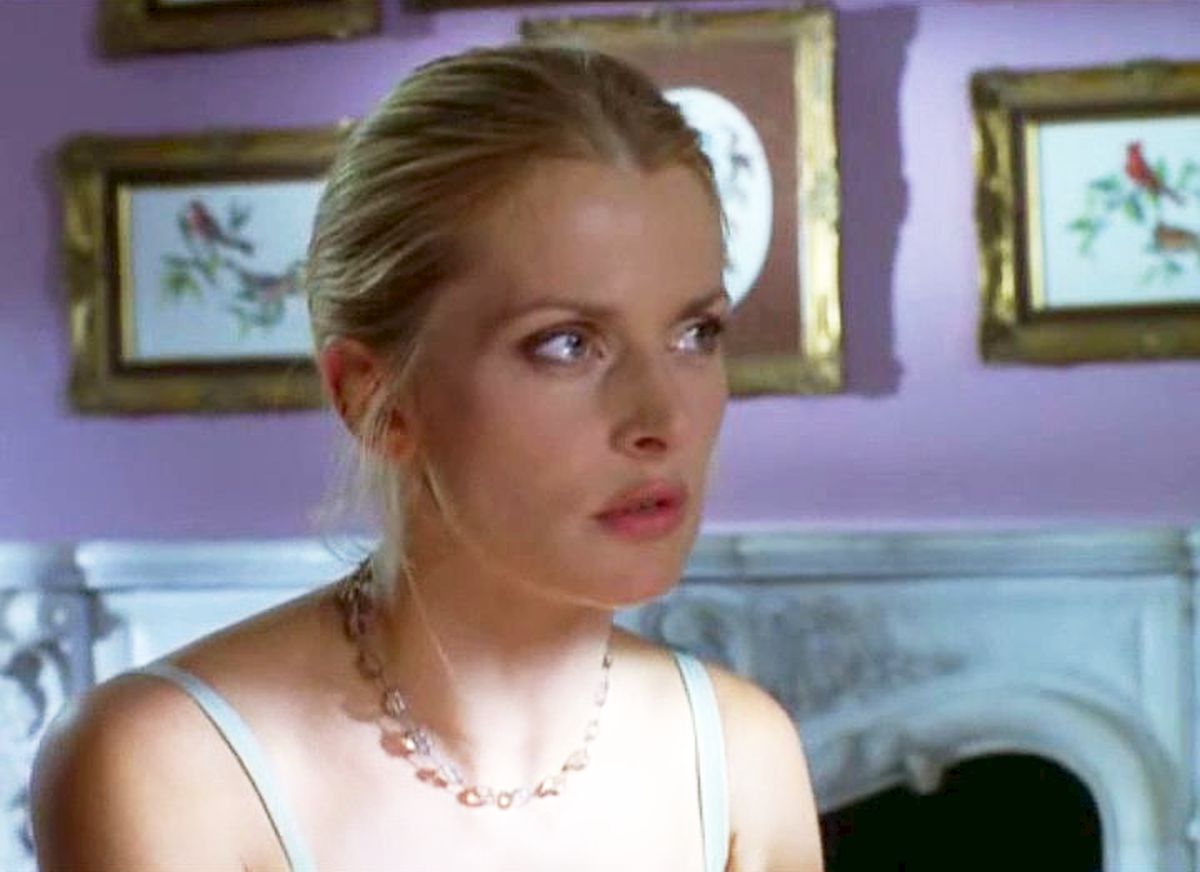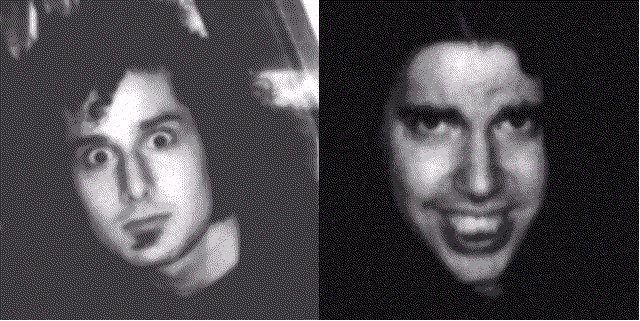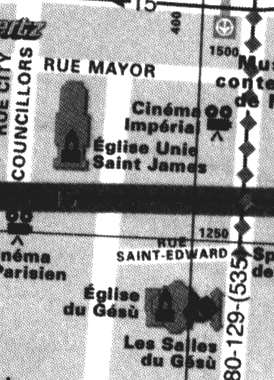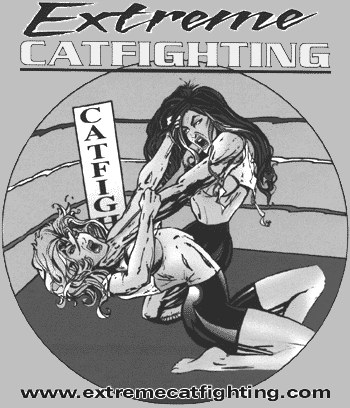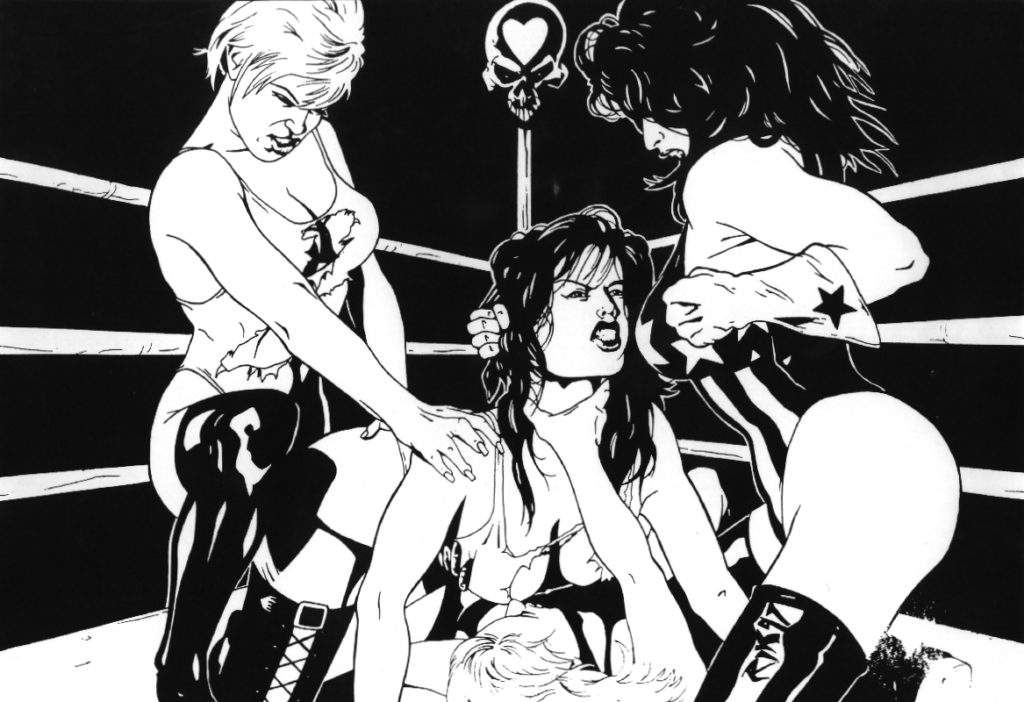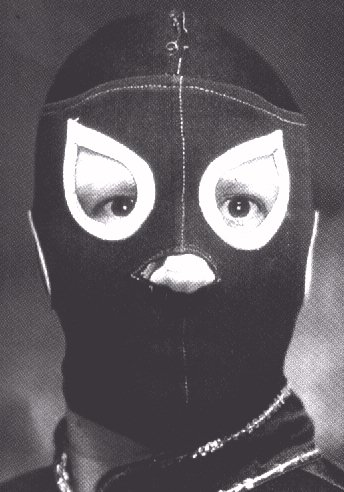The Incredibly Bad TV Show: In Bed With Nastassja
10 pm on a Saturday night, and here I am, tucked up with a large supply of junk food, a packet of ProPlus, and the world’s most beautiful woman. And you wonder why TC is infrequent. But sadly for my ego, Nastassja’s presence is limited solely to two video-tapes: ‘Bella Mafia’, recorded when it was shown on C5 during the World Cup, and ‘The Ring’, purchased from the Virgin Megastore.
These are part of her second assault on Fortress Hollywood. Despite movies like ‘Cat People’, and a slew of generally favourable reviews for Kinski, her first attack on the hearts and minds of the American audience was repelled at some cost. Specifically, two movie studios: Zoetrope, who did ‘One From the Heart’, and Goldcrest, sunk by ‘Revolution’. With a reputation as box-office poison, she retreated to Europe, for a decade of art movies, marriage and motherhood. Following her divorce, she returned for another try, and after perking up the low-budget action pic ‘Crackerjack’, had a decent hit alongside Charlie Sheen in ‘Terminal Velocity’. Since then, it’s been back to her usual pattern of critical success (‘One Night Stand’) and commercial failure (‘Father’s Day’).
There is, however, one addition to her bow, in the form of TV miniseries, with the two titles mentioned above prime examples. Running almost three hours each, excluding commercials, it seemed sensible to schedule a double-bill for purposes of comparison, so having cleared the decks of housemates, and loaded up at the supermarket, I took a deep breath and plunged into an all-night session of high-quality American television…
Bella Mafia

Nice start: two minutes in, and Nasti’s character, Sophia, is already getting her knee sucked by her boyfriend. Despite showing admirable taste in calling her “the most beautiful creature in the world”, he’s about to leave Sicily for Harvard. Unfortunately, he ends up taking Kidnapping 1.0.1, because his father is mob boss Don Luciano (Dennis Farina), whose rival Peter Carollo wants in on the New York docks. The good news: Michael is returned. The bad news: he’s slightly lacking in the pulse department. Cue Luciano swearing a blood oath to kill, dismember, and otherwise discomfit those responsible. Oh, and Carollo has a Dark Secret, in the shape of a crippled son locked away in a monastery. This will be important later, trust me.
Meanwhile, Nastassja is pregnant by her dead boyfriend – it’s like a flashback to ‘Tess’, seeing her toiling in the fields at a home for unmarried mothers, a peasant banged up then rejected by the local nobility. Unlike Hardy’s heroine, however, she does get into the family, after being almost run over by another son, Tino the stutterer (conveniently coincidental car crash #1). Sophia’s son has been adopted, so in yet another ‘Tess’ conjunction, she marries Tino instead, without telling him of her dark secret.
Their wedding is populated by a lot of American men in suspiciously snappy suits, with their molls and daughters. However, Don Luciano is making enemies because of his continued refusal to work with Carollo, strongly suspecting him of being his son’s killer. Meanwhile the rest of his offspring are also getting married, more or less respectably – “less” definitely being the case for the one who gives casino dealer Moira (Jennifer Tilly) a bottle of champagne, provoking the immortal exchange:
- “That’s an awfully big bottle”
- “I’m sure you can take all of it…”
At least, I think that’s what he said.
11pm, and the first fringes of tiredness drift across my view. Sophia’s adopted son, Luca, runs away and, in one of those random events that only happen in TV mini-series, appears in the same place as Carollo’s crippled son Giorgio, whom he befriends. [I said he’d be important. Regular viewers of this sort of thing can probably tell where the cross-family friendship is going to end up] But it’s okay, as Sophia is pregnant again herself.
Years fly by without anyone – least of all Nastassja – really looking older. So before we know it, Luca is in his late teens, and when Giorgio dies, his dying request is for Carollo to adopt Luca, who has been his only friend. When Carollo gets arrested soon afterwards, Don Luciano offers to testify against him, and Luca goes after Luciano, totally unaware it’s actually his family he’s killing. Indeed, Luca murders every male in the family, which seems a bit excessive, even to his foster father, who disowns him. Here endeth part one. I’m yawning, but bearing up.
The second part of this exercise in “Mafia girl power” was shown the same night as Scotland rolled over against Morocco, so I actually saw some of it, having given up on the football after Morocco’s third goal went in. At the start, with all the Luciano men dead, the other families are trying to pick the bones clean; the Don’s widow (Vanessa Redgrave – who now seems to have aged several decades since part one) tries to shoot Carollo in court, but misses. Luca, peeved at being disowned, does it for her, then gets knocked over by a car carrying his mother and aunts (conveniently coincidental car crash #2), giving him a brief sojourn in the family home. Oh, the irony… He then leaves, as his actions have, understandably, put him high up on the Mafia shit-list.
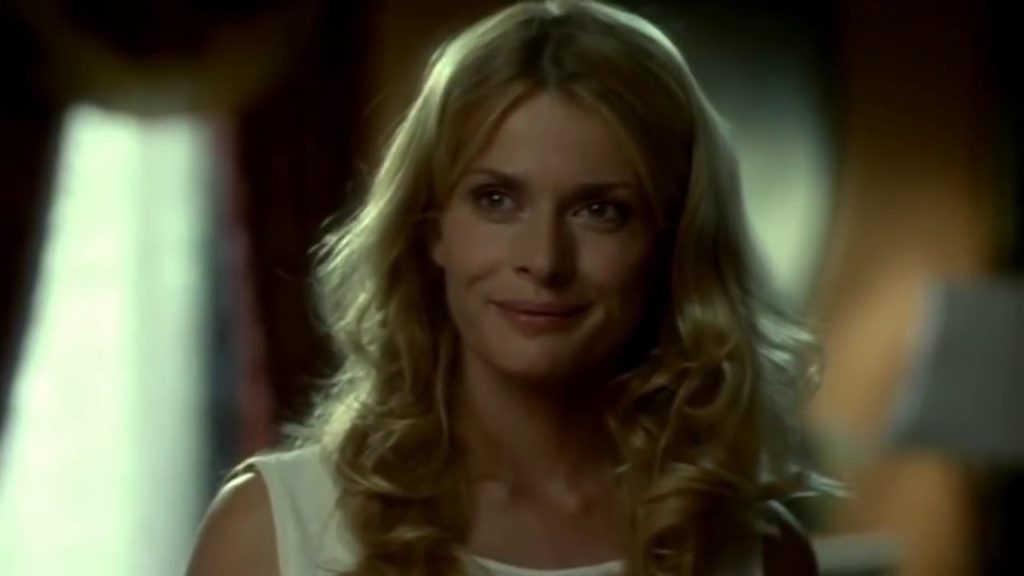
Midnight. The first ProPlus tablet goes down, as the girls move to New York. Luca is falling in love with one of his cousins, Rosa (who looks pleasntly like Brooke Shields). Hmm…this ‘Something Weird’ video catalogue has plenty of interesting titles, doesn’t it? Anyway, the Lucianos offer to hand over the family property to their rivals, in exchange for the names of whoever killed their men, but the Mafia try and take the deeds by force, only for Luca to rescue them.
Oh, dear: Luca now turns his attentions to Mummy, adding an Electra Complex to the Needlessly Complex, already present in the form of an irrelevant subplot which has the widows trying to steal casino chips. But after Sophia discovers from the police that Luca killed her child, husband and various other relatives, the vengeful women drug him, tie him up, and stab him. Only then does Sophia find a locket, which proves he was her son – though I could be mistaken, since I don’t remember the locket ever being mentioned before. Sophia ends up as head of the family and at Rosa’s wedding to another mob family, they start to poison those who ordered the killlings. The End.
1 am. It was only at the end that I realised the major point of the film: how Sophia changes over the course of the series. To start with, she is not so much glowing, as totally incandescent, but by the end has become absolutely cold and callous, with the “eyes of the devil”, as someone says. It’s a startling transformation, but it happens so gradually that you hardly notice; an impressive performance, by any standard. And that’s where the series’ strength really lies, in the acting. While Linda LaPlante’s story is flimsy, and probably wouldn’t make a great deal of sense looked at through critical, or even less sleepy eyes, the cast is top-notch, with Jennifer Tilly particularly outstanding. In addition to those named above, who all perform well, you’ve also got the likes of Tomas Arana (from ‘The Church’), and veteran Franco Nero in supporting roles, which makes this a heavyweight by miniseries standards. I wouldn’t mind watching it again. C+
The Ring
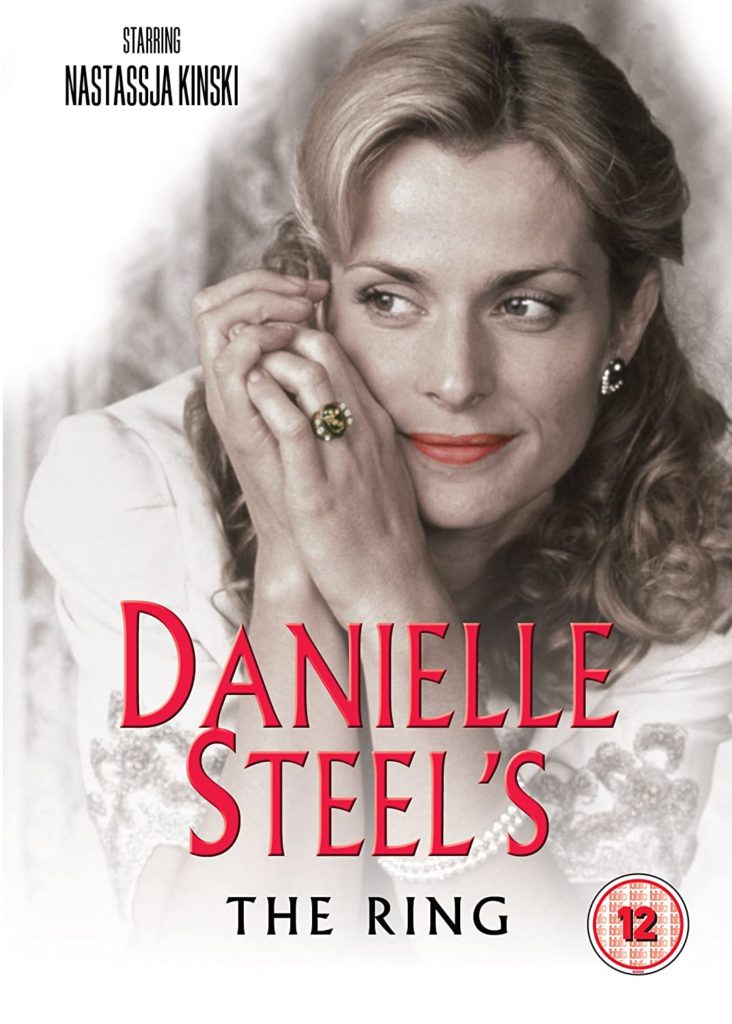
Fortified with a bag full of industrial-strength buttered popcorn, we plough into ‘The Ring’, beginning in 1934, with a woman committing suicide after her affair with a Jew is discovered. Ten years later, her daughter Ariana is, hey presto, Nastassja, and in her late teens. This is something of a shock given she finished ‘Bella Mafia’ pushing 40; it’s amazing what a huge age range she can cover. But at least she’s German here, something of a rarity in a career which has seen her as everything from a Dorset peasant to an American stockbroker.
In this film, she’s also seeded #1 on the cast list, although the only other person in the cast list you might know is Michael York (undergoing a bit of a renaissance after ‘Austin Powers’) who plays her father. They’ve been helping Jews escape the Nazis, but when their own plans to flee to Switzerland are discovered, they have to split up. Ariana stays behind as a (somewhat feisty) decoy, but is arrested; father and brother Gerhard make it, but father is shot on his way back across the border to get her, leaving poor Nastassja all alone, the only name star, who must hold things together for the 137 minutes still to come – at £11,99, it’s good value, if nothing else! Luckily, she’s befriended by, and eventually marries, a Luftwaffe officer, but her house is requisitioned as barracks, and the only piece of property she has left is her mother’s ring. In Zurich, Gerhard is also running out of money, and has to take on menial work to make ends meet, at least until he meets an art dealer’s daughter.
2 am. I can feel my eyes drooping; I have this horrible feeling that it won’t be long before I decide to close my eyes and just listen to the dialogue, and then… Time for another ProPlus, and a pause at one of the myriad obvious commercial breaks for a quick game of ‘Deathtrap Dungeon’, while I wait for the caffeine to kick in.
2:40 am. A helping of cheerful hack ‘n’ slash later, and it’s back to the grind – somehow, ‘Bella Mafia’ was easier viewing, maybe having breaks with actual commercials helps, or maybe it’s the lateness of the hour. I find myself getting annoyed with the terribly twee, shot-from-the-back-only love scenes, and the frequent leaping around beteen characters and countries. I wonder briefly whether a frozen Sara Lee chocolate gateau would be edible.
Adding to the confusion is a third sub-plot involving Max, one of the Jews they helped escape, but I’m not currently sure how that’s going to fit in. As the war ends, Ariana is sent to safety by her husband, and ends up having to fend for herself all the way from Berlin to Paris. Ariana’s husband dies, and Gerhard gets his girlfriend pregnant and does the decent thing i.e. moves to Paris. Ariana is caught up in the stream of refugees, though this only seems to happen so we can have the predictable scene of bro’ and sis’ nearly but not quite meeting on the road. All the shots of tired refugees shuffling aimlessly around reminded me of ‘Schindler’s List’, though fortunately without the tedious agenda.
3 am. Ariana changes her name to Anna Gorne, to get passage on a Jewish refugee ship – a Jew-boat, hohoho… A medic named Paul, with “love interest” tattoed on his forehead, turns up and takes the sickly looking Ariana in. Max also endures a “nearly but not quite meeting Ariana” encounter, while her brother changes his name, and recognises a painting, which Max had sold to his father-in-law, the art dealer. However, the most important thing to happen this hour is that I discover some Opal Fruits, and can get my blood sugar back up.
There’s one quote from ‘The Ring’ that bears repeating: “I once swore that if I ever had a child, there was nothing that could make me give him up. And nothing can.” If Nastassja says that particular line with additional feeling, it’d be no surprise, given the entanglements over the children from her marriage to Ibrahim Moussa. She even made the front of the Evening Standard, with one particularly bizarre story:
Kinski arrested ‘after fight with husband’
“Actress Nastassja Kinski has been arrested after allegedly attacking her former husband, Egyptian film producer Ibrahim Moussa. Both were arrested and booked at Los Angeles Van Nuys police station for battery. Police reports say Kinski scratched Moussa’s face with her fingernails in a brawl which is the latest development in a long-running battle between the couple for custody of their children Aljosha, 14, and Sonia, 12 Kinski, who has had them baptised Catholics, confronted Moussa in a rage when she discoverd he planned to have Aljosha circumcised for religious reasons…”
Gerhard’s wife turns out to be faking her pregnancy, so he leaves her and heads back to Berlin to look for his family, unaware they’re dead or a continent away. The time scales here, as in ‘Mafia’, are dead weird: after whipping through a decade before the first advert break, everything else has apparently been crammed into two months. This only becomes apparent when Ariana turns out to be pregnant by her Luftwaffe guy – last seen alive way back in paragraph two. Time for another pause, I think: VR Baseball [Minnesota 3, Seattle 2, as if you care]

5 am, and the final episode. I think it’s safe to say this is not Kinski’s finest hour, largely down to the material. Indeed, it’s not even her finest thirty seconds: I doubt anyone could make anything out of this sow’s ear, and watching this pap makes me realise just how edgy and extreme ‘Bella Mafia’ is in comparison. It’s a nice reminder of why I don’t watch mini-series. The scary thing is, at the start of a tape was an advert for no fewer than ~~ others, all based on Danielle Steele books. I don’t know if the novels are as cliched, shallow and, frankly, Jew-heavy as the film (it has enough annoying characters to make anyone turn anti-Semitic), but I’m certainly not going to make the effort to find out.
Back on screen, Paul throws Ariana out when he discovers the baby is not his; fortunately, Max finally tracks her down, just after the birth, and Kinski’s smile when she discovers Gerhard may still be alive is awesome – the sort men would climb mountains to see – and almost makes the preceding 140 mins worthwhile. Almost… Together, they head back to Zurich to look for him, then on to Berlin – where Gerhard is looking for them in turn, having been reconciled with his wife. And when he sees his father’s grave, with fresh flowers on it…
Forward 25 years, for no readily apparent reason, and with no explanation for what happens in the intervening decades. In perhaps the most implausible of all the coincidences which pepper this film, Kinski’s son is unknowingly going out with (pay attention, now) his mother’s second ex-husband’s daughter. But this only causes a reconciliation between Ariana and Paul; she gives her new daughter-in-law the family heirloom ring. On their honeymoon in Europe, and not far behind in the implausibility stakes, they bump into brother Gerhard in an art gallery, now sporting a dreadful goatee. He recognises the ring as his sister’s, goes back to America with them, and there’s not a dry eye in the house.
5:40 am. Four hundred and sixty minutes after starting, with the first faint traces of dawn peeping over the houses, I finally stagger to the end of a disaster movie, in the truest sense of the word. I should probably have expected no better from the man who gave Tom Hanks his debut in ‘He Knows You’re Alone’. Y’know, I love Nastassja ‘n’ all that, but…well, any chance of ‘Cat People 2’? E+
